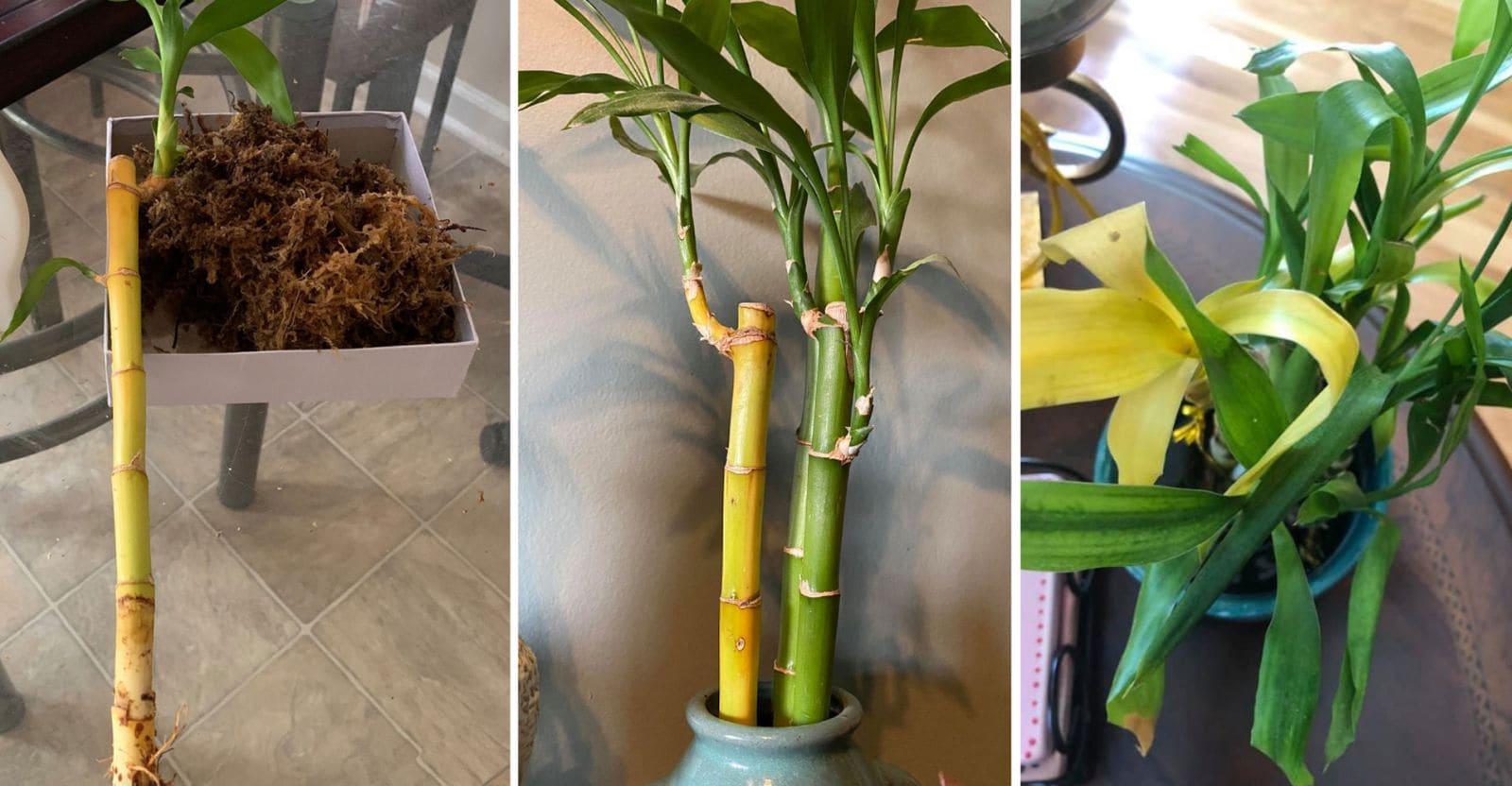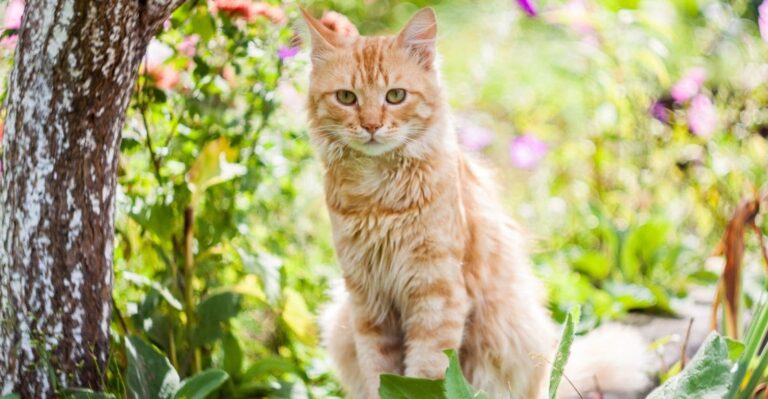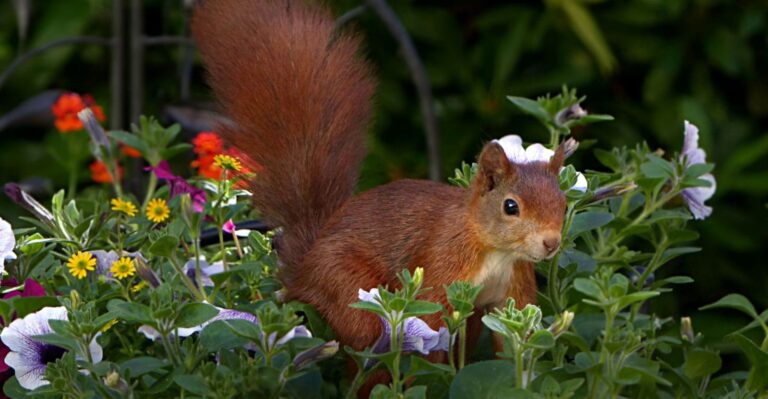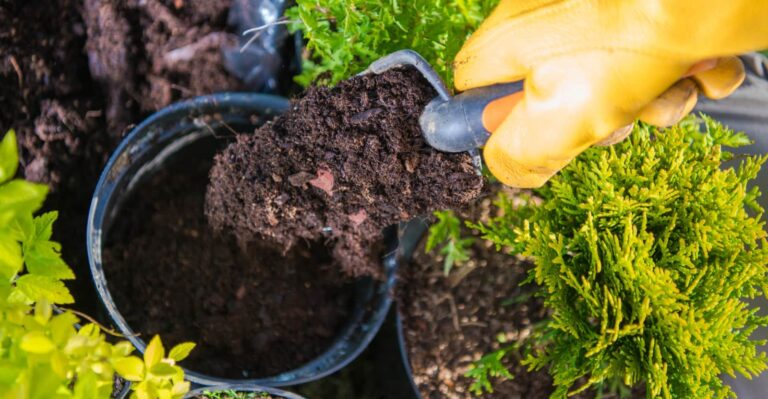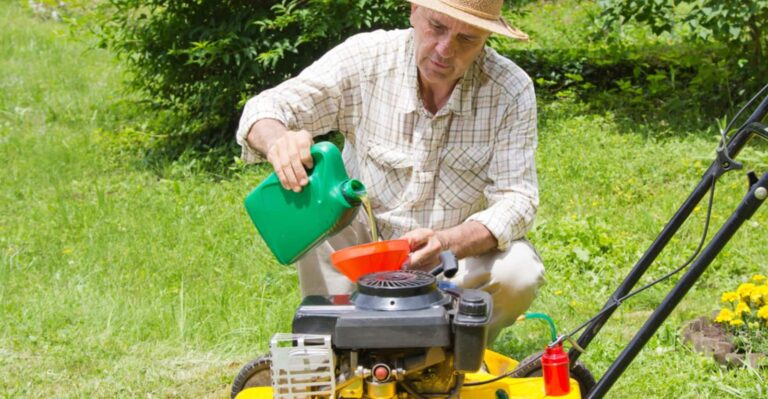Amazon has put together some great Home Gift Deals – save money and get your shopping done at the comfort of your home! Click here to see deals on Amazon
If you’ve ever wondered what causes the lucky bamboo turning yellow, you’re not alone. Lucky bamboo (Dracaena sanderiana) is a common indoor ornamental plant. This evergreen plant decorates your indoor home, is a good air purifier, and can remove toxins and bacteria from the air.
When you see lucky bamboos start to turn yellow, the most common reasons are feeding it highly chlorinated water, incorrect temperature, exposure to direct sunlight, low soil nutrients, and injury or insect infestation to the plant.
Fortunately, there are easy ways to prevent yellowing. Knowing how to care for it properly, you can maintain lush green lucky bamboos inside your home.
We have covered in-depth how to care for it and the steps you need to revive the yellowing bamboo plant.
Why are your lucky bamboos turning yellow?
Sadly, many blogs out there will give you information about how to care for your lucky bamboos. However, here we’re looking for the reasons why it turns yellow.
We all start with the best intentions to have a healthy plant life when we purchase our lucky bamboo plant. But after only a short time, we notice that the leaves or stems turn to yellowish color.
Two parts of lucky bamboos can turn yellow: Top part and the bottom part. If you’ve planted it in the water, the top part includes stems and leaves that remain above water. The bottom part consists of the plant portion that’s inside the water.
The top part turns yellow if the bamboo is getting too much sun, got damage or injury to the plant, and possible infection from spider mites, scales, or other insects.
The yellowing of bottom parts could be due to chlorinated water, root rot, microbes, fungi, or the presence of stagnant and dirty water.
Here is how you can care for the yellowing bamboo plant.
Sunlight
The lucky bamboo plant needs filtered, indirect light to grow. Without proper natural light, such as if the plant is in a shaded area, the bamboo leaves will begin to yellow due to insufficient light.
You should also not place it where it gets exposed to direct sunlight. When you’re growing it indoors, place it near the window with curtains drawn to let it get enough indirect sunlight.
Excess direct sunlight can cause the leaves to appear burned and dry. Change the location if you see leaves to be turning yellow. You can also place it near the lightbulbs or use a grow light if you can’t provide it with natural sunlight.
When you’re planting it indoors, you must maintain the optimal temperature within a range of 65 to 85 degrees Fahrenheit (avoid extreme heat or cold). It helps with the proper growth and prevents stems and leaves from turning yellow.
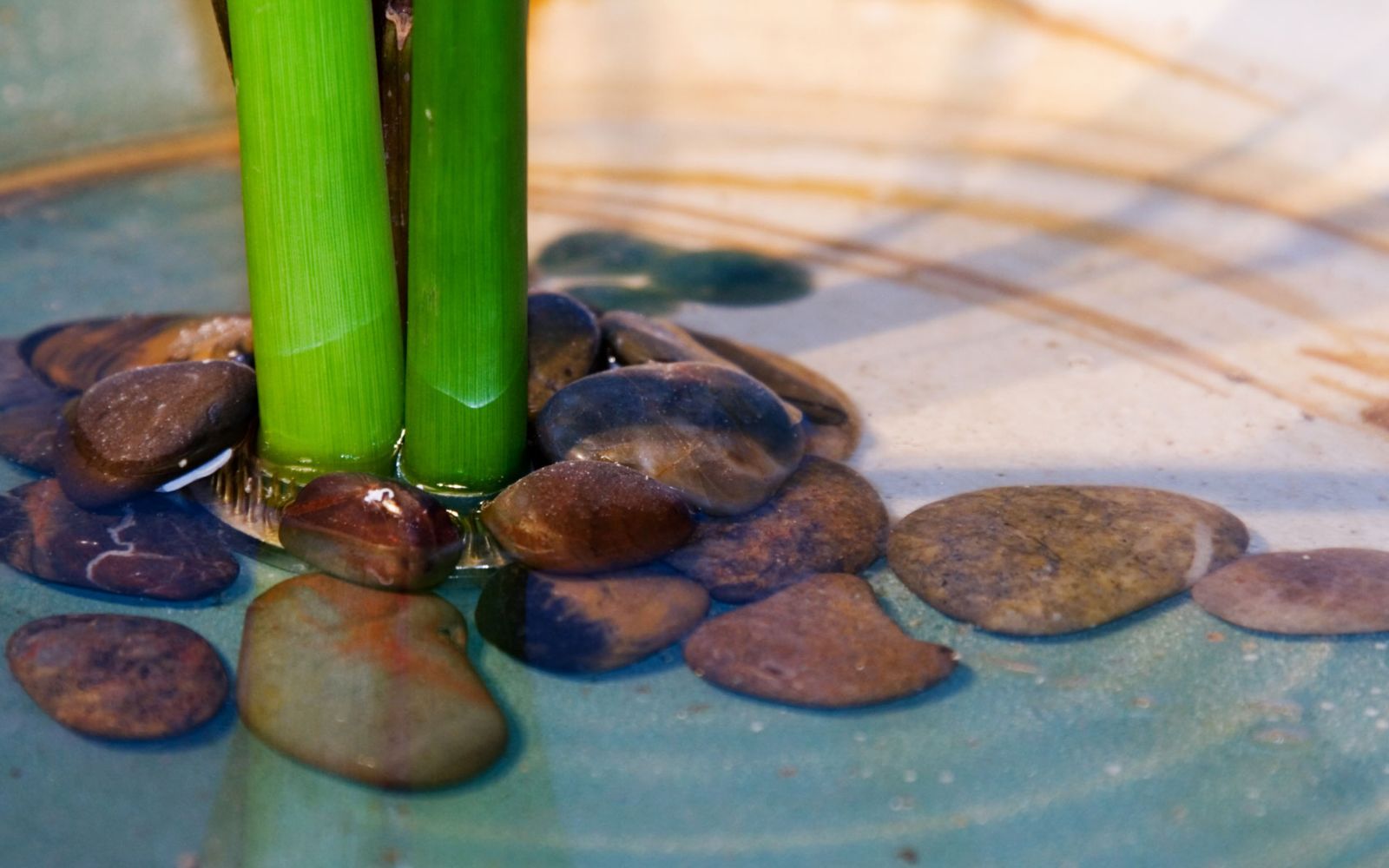
Water
Lucky bamboo is a tropical plant, and its water requirements are different than other plants. For this reason, you will want to make sure you’re following the right water conditions when planting in potting soil.
If you don’t water the plant properly, it can start to die due to lack of water and turn yellow. You can also grow it in water without needing soil.
You shouldn’t use chlorinated or fluoride tap water as it’s highly sensitive to it. Tap water contains chlorine and hard minerals that cause undue stress to the plant. For best results, you should change the stagnant water weekly and no later than ten days.
You can use bottled water, filtered water, or distilled water that you should change every couple of days. You can also harvest the rainwater in a rain barrel to water lucky bamboo.
If you don’t have access to plain water, you can also fill tap water in a bowl and let it settle for 24 hours before you use it.
When bamboo is planted in the soil, ensure the top layer of dirt gets completely dry before you water again. Bamboo like moist soil, but it shouldn’t be soggy.
Water it thoroughly but less frequently. You can test the soil by inserting your finger a couple of inches deep inside. If the finger remains dry, you shouldn’t water it.
Clean up the lucky bamboo vase
If you have kept a bamboo plant in a vase of water with pebbles, these should be cleaned up regularly as it prevents the generation of algae or bacteria. The root can get easily infected by bacteria or molds that cause the yellow stem or yellow leaf.
You should clean the vase every second month, use dishwater to wash it, and wipe it with a paper towel before you fill up freshwater again.
Iron and nutrient deficiency
For most growing plants, including lucky bamboos, iron is essential to growing healthy plants as it helps with chlorophyll production. This is what gives the plant green color.
Iron deficiency is the most common in bamboo stalks and can show itself in yellowing leaves and stunted growth. You may notice the start of iron deficiency when the leaves begin to turn yellow between the veins over the entire plant.
The plant veins are the pathways that bring life-giving nutrients to the leaves from the rest of the plant. So, if they’re damaged, the leaves can’t get the proper nutrients they need. Often, if the leaves turn yellow in the middle, the plant is experiencing an iron deficiency.
If you notice the yellowing at the bottom of the bamboo stem that moves upward, it’s a sign of too much fertilization. You should fertilize it once or twice a year using a balanced liquid fertilizer to keep it green and healthy.
Protect it from insect infestation
Lucky bamboo leaves are prone to get infected with common garden bugs such as spider mites, mealybugs, and scale. These insects thrive sucking the juice from the plant stem that causes the yellowing, curling, or falling of yellow bamboo leaves.
You have to prevent the infestation as not handling it on time may cause the plant leaves to die. Red spider mites are ubiquitous to be found on bamboo trees.
These thrive in hot, dry conditions, so anything you can do to raise the home’s humidity will decrease their number.
Regular misting with plain water works well because these spider mites hate getting their feet wet. You can also do a thorough cleanup and scrub-down of all the pots and surrounding plants at the end of the season to stop the growth.
Also, cut down the plant’s affected part and discard it safely, so it doesn’t spread to other plants. Isolate and treat it with insecticidal soap to make it free from insects.
Can bamboo plants turning yellow become green again?
There is no doubt that bamboo planters are a beautiful addition to any home and are usually easy to care for. But bamboo turning yellow is a common problem.
Unfortunately, once the bamboo plant has turned yellow, it’s practically dead, and the yellow stems become very hard to revive.
But you will have some chance of reviving it if the whole plant isn’t yellow yet. For example, if you still have a green stem and only leaves have turned yellow, you can remove yellow leaves and change the water and place it where it can get indirect sunlight.
If the stem is partially yellow, you can remove that part and plant the green and healthy stem in soil or water to let it root and produce new leaves in a month.

How to save a bamboo plant after it starts to turn yellow
You can salvage the plant if it still has green nodes with stem left on it. The easiest way is to do a clean-cut with a sterilized pruner to remove the yellowish part and propagate a new lucky bamboo stalk from the healthy green segment.
If you find plants infected with insects or fungus, it’s best to clean them thoroughly in mild dishwashing soap. Let it soak in it for ten to fifteen minutes and wash it with clean water.
Clean it properly so the stem doesn’t feel slimy, and remove any part that looks too soft or mushy. These soft and mushy parts usually don’t grow healthy.
Mark the soft and green areas and cut two to three inches below them. Don’t cut the soft spot but choose a location that is a bit firm and not discolored. You can apply the rooting hormone to the bottom and place it in clean water for the root to propagate.
You can also apply the candle wax to the cut portion of the stem. This prevents root rotting or any infection to the exposed stem.
Also, remove any rocks or other decorative objects from the vase and clean them properly if they seem to be contaminated by algae. Place it in an area where the plant can receive indirect sunlight, and the temperature remains mild.
What fertilizer should you use for the lucky bamboo plant when it turns yellow?
For lucky bamboo, the liquid fertilizer works best. But you don’t have to use too much fertilizer as bamboo is sufficient to take care of itself. For many, fertilizing it lightly twice a year with balanced N-P-K fertilizer is adequate.
Be careful when applying fertilizer, as too much fertilizer may also cause it to turn yellow. You should stop the fertilization when you’re trying to revive the yellowed bamboo.
Provide it with a proper growing environment, such as keeping it away from direct sunlight, using clean non-chlorinated water, and checking for any pest or infestation.
Should you trim lucky bamboo?
Lucky bamboo is a fast grower, and it quickly becomes top-heavy that may cause it to look chaotic. Also, the extra weight puts stress on the plant’s stem and root.
Trimming any unwanted leaves help it grow healthy, with new leaves budding at the top. You should prune any crossed, damaged, or diseased part that may cause stress to the indoor plant and stunt the growth.
With proper trimming, you can improve the appearance of bamboo. It also helps it maintain health and rejuvenate a weak or failing stem, including the dead leaves. You can use a hand pruner that is sharp and clean for trimming the plant.
Don’t use a dull blade for trimming, as it will make the work more difficult, resulting in jagged cuts and tears that look bad. The stem and leaf wounds also become susceptible to pests and disease.
It’s smart to sterilize your blade with disinfecting wipes or a cloth soaked in rubbing alcohol when moving from plant to plant. This prevents the accidental transfer of pathogens.
Can the lucky bamboo plant grow in water, or is soil necessary?
Some people believe that lucky bamboo only grows in soil, but many others think it can grow in water alone. You can commonly see it in offices, homes, and hotel lobbies. It’s also a popular gift to give because it’s so easy to take care of.
The good news is that the lucky bamboo plant can grow in water alone, but it can also be developed in organic compost soil if needed. It grows in USDA hardiness zone 9 through 12.
Even though it’s called lucky bamboo, it’s not a bamboo species at all. Whether growing in water or soil, follow the proper caring instruction to keep it healthy and strong.
Conclusion
There is no doubt that lucky bamboo plants are popular decorative plants that are easy to care for and don’t need much attention. But this is also a bit invasive when planting it outdoor in the soil and proper precaution need to be taken to stop the uncontrolled spread.
You shouldn’t despair if you see some leaves are turning yellow. With some care such as changing the water and creating suitable growing conditions, you can quickly revive or create a new propagation.

Don’t forget to share this post

